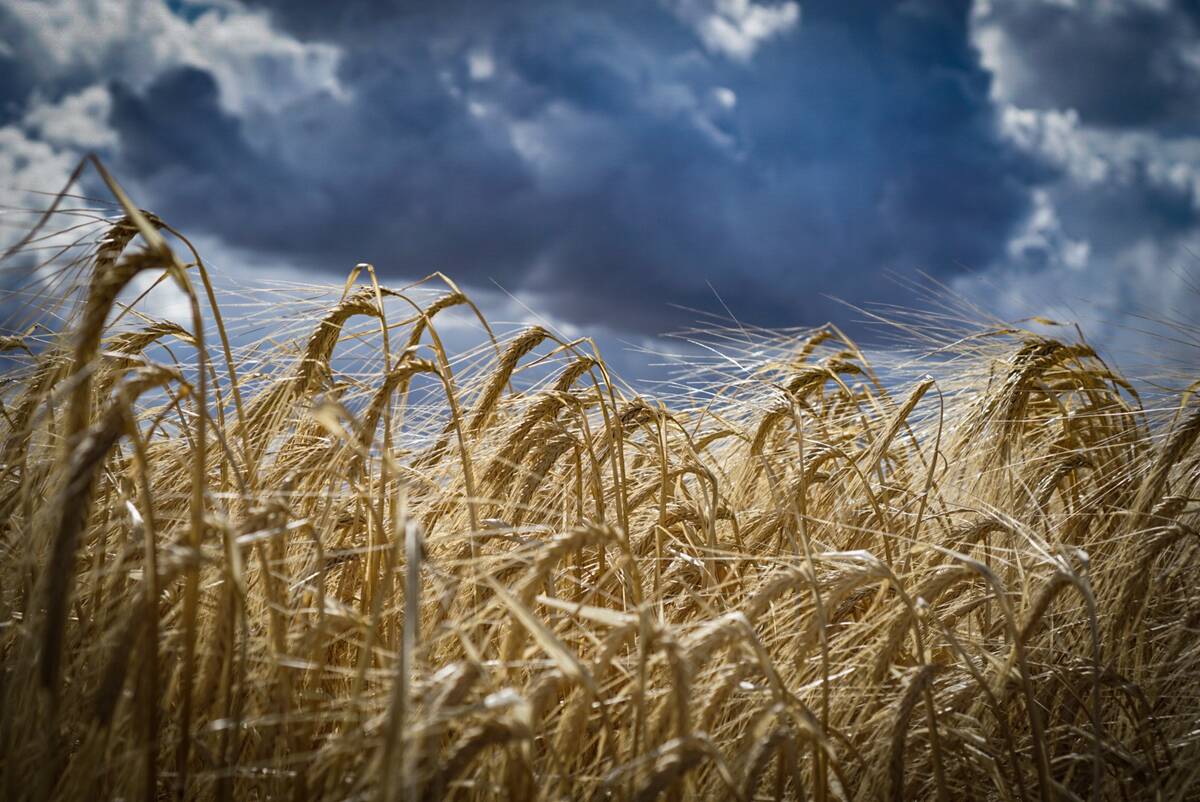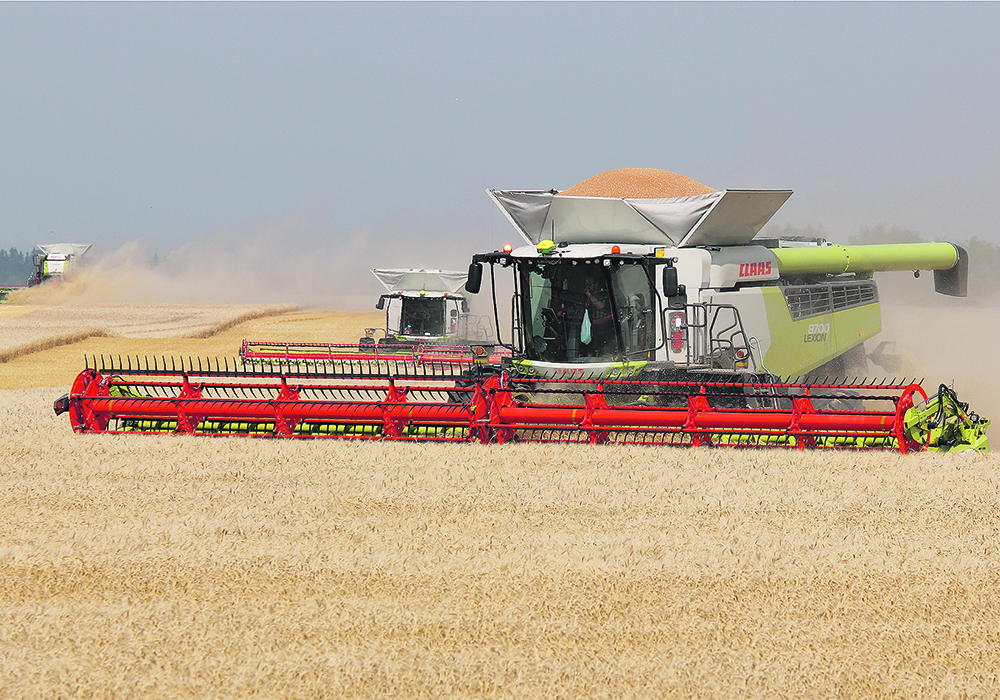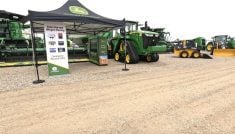Glacier FarmMedia – It’s nearly impossible for farmers to stay on top of the varied regulations set by various countries where their grain may be destined. Fortunately, Canadian farmers have an easy-to-follow tool to help them navigate these murky waters.
“What we produce here in Canada far exceeds our domestic demand, so we need to rely on our export markets to continue to be successful as an industry,” said Greg Bartley, director of crop protection and crop quality for Pulse Canada. “Over 90 per cent of our canola, 80 per cent of our wheat and 85 per cent of our pulses are exported. And from a pulse perspective, we export to over 130 different countries.”
Read Also

Malting barley exporters target Mexican market
Canada’s barley sector is setting its sights on the Mexican market to help mop up some of the lost demand from China
Bartley is part of the Keep It Clean team, a joint initiative of the Canola Council of Canada, Cereals Canada, Pulse Canada and the Prairie Oat Growers Association. The coalition releases an annual product advisory that provides information regarding potential market risks.
“We have to look out for something called sanitary and phytosanitary (PSP) requirements, and they are constantly changing,” he said, adding that last year, 65 different countries put forward almost 2,000 PSP changes.
The annual guide puts an emphasis on maximum residue levels (MRLs), which are essentially the highest amount of pesticide residue that can remain on or in a food product when a pesticide is used according to label directions. Canada has its own MRLs, but because so much of Canadian agricultural production is exported, Canadian crops must meet the MRLs set by destination countries to avoid trade disruption.
“It’s really important to understand that MRLS are based on those label directions,” said Bartley. “That’s why it’s important to stay within the label directions, because if you go outside those directions, that’s when you get the potential for problems.”
The guide categorizes products by a colour-coded categorization, with “green” meaning no risk and “amber” meaning it requires additional consideration, like contacting a grain buyer. A red categorization basically means don’t use the product. There are also two additional labels: NR, which means the product is not registered, and MA, which means the product has market acceptance issues. This could be something affected by consumer concerns, even if the MRLs are established.
The guide is divided by crop and organized by active ingredients.
Glyphosate is categorized as at least an amber for all crops except canola (the only crop with no product advisories).
While MRLs are established in all major markets, marketing restrictions may still be present due to scrutiny of glyphosate in the global marketplace.
The guide recommends consulting with a grain buyer before using glyphosate products and stresses the importance of using it for pre-harvest weed control, not as a desiccant. It also warns farmers to ensure that it is only applied when grain moisture content is less than 30 per cent in the least mature part of the field.
Glyphosate is the only product listed under wheat and oats and is listed under the red category for malt barley.
The fungicide fluopyram and the plant-growth regulator chloromequat are both listed under the amber categorization for barley. The recommendation is to have a discussion with a grain buyer before treating crops with these products.
Tetraconazole falls under the red category, so farmers should not treat barley with the product. Because MRLs are missing or set at low levels in some major markets, grain buyers will not accept barley for feed or food if treated with the product.
Malt barley has the most advisories on the Keep It Clean product advisory.
There are four products that fall under the red, do not use, category: the fungicides fluopyram and tetraconazole, and the pre-harvest herbicides saflufenacil and the previously mentioned glyphosate.
Krista Zuzak, director of crop protection and production for Cereals Canada, said that, in the case of saflufenacil, the “do not use” label does not stem from MRL problems, but rather its effect on the malting process.
Chloromacquat is listed as amber for malt barley, so consult with a grain buyer before using this product.
Aside from glyphosate being categorized as yellow for all pulses, the other major product of concern is the desiccant glufosinate-ammonium. The product isn’t listed under chickpeas and is only registered on dry beans in Eastern Canada. But for all other pulses (dry beans, faba beans, lentils and peas), glufosinate-ammonium is listed under the red, do not use, category.
















